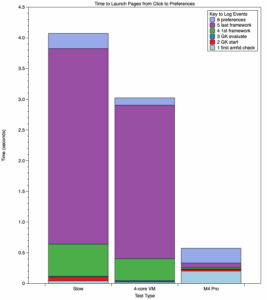Genetic cloaking of healthy cells opens door to universal blood cancer therapy

Enlarge (credit: Aurich Lawson)
Know your enemy, know yourself. It’s a centuries-old strategy. But even in the present-day war against cancer, achieving it remains elusive. In many cases, cancer cells blend in with healthy ones. They bear no unique molecular markers or targets that we can aim clinical defenses at. That means any deadly strike on enemy cancer cells could result in casualties among healthy ones as well. The untenable toxicity of this artless warfare has led some researchers to rethink the ancient script—and flip it: know yourself, know your enemy.
In a set of clever and highly technical tricks, researchers are working on ways to precisely mark and shield healthy cells from chemical weapons, abandoning the effort to pick out enemy cancer cells specifically. By exploiting molecular markers common among many types of cells, researchers can safeguard healthy cells, leaving only the cancer cells in harm’s way.
A drug or therapy that targets common markers would normally lay waste to cancerous and healthy cells alike. But that’s not the case in this radical approach, which is first being used to treat blood cancers. For the strategy, researchers collect healthy blood stem cells and genetically engineer tiny, benign changes to a common molecular marker on them. Those tiny changes make the healthy cells essentially invisible to killer treatments. After the engineered cells are transplanted into a patient, clinicians can deploy the treatments. The cancerous cells that lack the genetic tweak are now easily killed by the drug or therapy, while the healthy engineered cells are left untouched.




